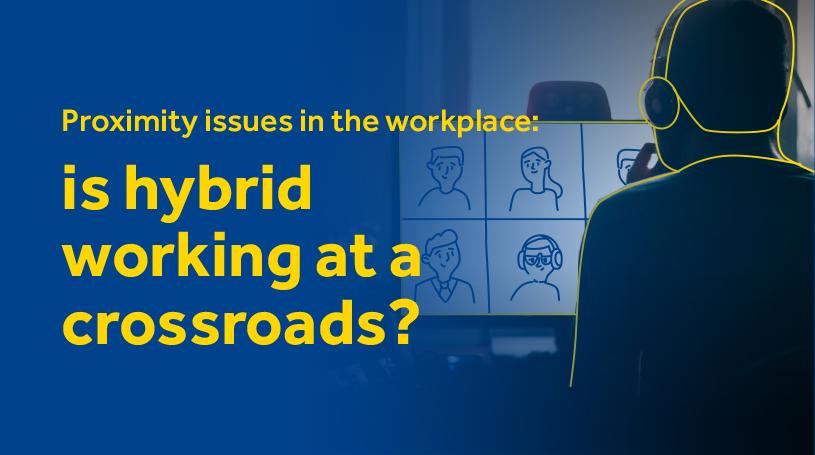Is hybrid working at a crossroads?
Employees are the heart and soul of any organisation.
Notwithstanding evidence of increased productivity when employees work from home as well as employees’ much-appreciated savings on travelling and flexible hours, proximity issues have given rise to several problems in the workplace.
Negative spillovers are clouding relationships between and among employees and their managers, questioning the viability of hybrid working. This paper sheds light on this sensitive predicament, contemplating the realities from both sides of the fence.
Companies’ working practices have evolved significantly since the 1980s, when the flexible work-from-home (WFH) arrangement was introduced. This trend gained momentum in certain fields in the 1990s, when the internet took the world by storm, enabling companies to implement entirely different business models (Sako, 2021).
The Fourth Industrial Revolution accelerated change, combining digital, physical, and biological elements and technology, which became pivotal in facilitating remote work to enhance flexibility and connectivity (Deloitte, 2023; Schwab, 2017).
The multiple positive outcomes of remote work include an improved work-life balance for employees, enhanced mental and physical well-being of the
workforce, increased productivity, and lower employee turnover (Kalev and Dobbin, 2022; Telford, 2022).
This is a strong motivation for organisations to reconsider the way things were done in the past. Presently, a substantial 72% of the global workforce prefers a hybrid working model that combines on-site and remote work (PwC, 2018) and South Africa – particularly following the COVID-19 pandemic – is following suit.
Read the full white paper document looking into proximity issues in the workplace.

